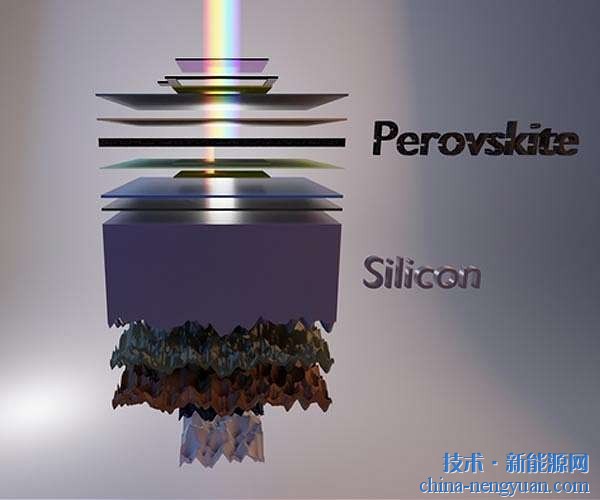LED-based solid-state lighting devices have the advantages of high efficiency, energy saving, and environmental protection, and are considered as a new generation of lighting sources that replace traditional incandescent and fluorescent lamps. The phosphor has a wavelength conversion function and plays an important role in determining white light performance such as color rendering index, color temperature, and efficiency. It is one of the key materials for white LED lighting devices. In recent years, many phosphors with promising applications have been developed. Among them, nitrides have attracted wide attention due to their high chemical stability and thermal stability. When the white LED is operating, the chip temperature is about 150 DEG C. At this temperature, the luminous efficiency of the nitride phosphor can generally be maintained at 80-90% of the efficiency at room temperature, showing a good thermal stability. However, the synthesis conditions of nitrides are rather harsh. During the preparation process, higher nitrogen or ammonia gas pressure (100 MPa), higher temperature (1400-2000° C.) and longer reaction time are required. These factors lead to the cost of nitride phosphors. Very high. Therefore, the development of new phosphors with higher efficiency and better thermal stability is still the goal pursued by people. Liu Yongfu, Jiang Jun, and Jiang Haochuan, researchers of the Ningbo Institute of Materials Technology and Engineering, Chinese Academy of Sciences, used the solid-phase reaction method at relatively low reaction temperatures (1200-1400°C) and shorter reaction times (2-4h). A Ba9Lu2Si6O24:Ce3+ orthosilicate green phosphor was prepared. The optimal excitation peak of the phosphor is located at 400 nm, which matches the emission wavelength of the ultraviolet (UV) chip. Excited by a 400 nm light source, the green phosphor has an emission peak at 490 nm, a FWHM of 120 nm, and a room-temperature fluorescence quantum efficiency of 82%, which reaches the level of most nitrides (the nitride fluorescent material usually has a quantum efficiency of 70-90%. ). At 160 °C, the fluorescence quantum efficiency can be maintained at 94% of room temperature, indicating that the green phosphor has better thermal stability than most nitride phosphors, and this is mainly due to the formation of LuO6 octahedron and SiO4 tetrahedron. The common vertices of SiO4-LuO6-SiO4 are rigidly connected. At the same time, the raw materials for preparing the green phosphor are easy to obtain and the synthesis process is simple, which greatly reduces the product cost, which provides a competitive material selection for the application of the white LED lighting device based on the UV-LED chip. The relevant basic research results were published in the International Journal of Advanced Optical Materials (2015, DOI: 10.1002/adom.201500078). This work was supported by the National Natural Science Foundation of China (NSFC11404351), the China Postdoctoral Science Foundation (2014M560497), the Ningbo Natural Science Foundation (2014A610122) and the Ningbo Science and Technology Innovation Team (2014B82004). Intergrated Led Emergency Modules The Intergrated Led Emergency Modules is match the compact LED fittings to improve the emergency function. Normally it is workable for small wattage from 3-60W LED panels, downlights, led tubes, tri-proof ceilings. Full power output or half power emergency output is optional. Customized emergency lighting time is available. Automatic lighting up when main power failures. Widely using for home, parking lot, office, building, warehouse, school, hospital, workshop etc. Emergency Light Module,Emergency Led Flasher Module,Led Emergency Modules,Intergrated Led,led light with emergency battery Foshan Nai An Lighting Electric Co.,ltd , https://www.naipslighting.com